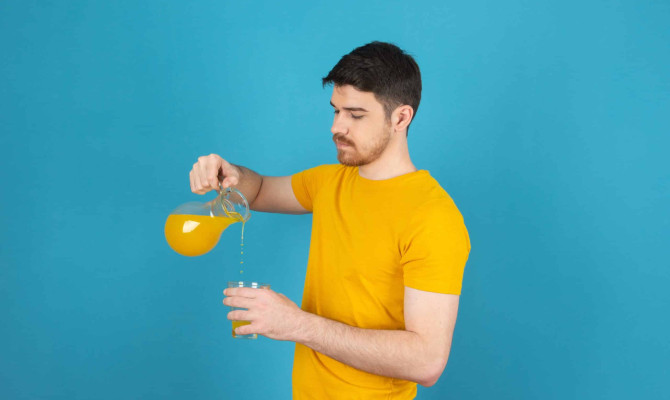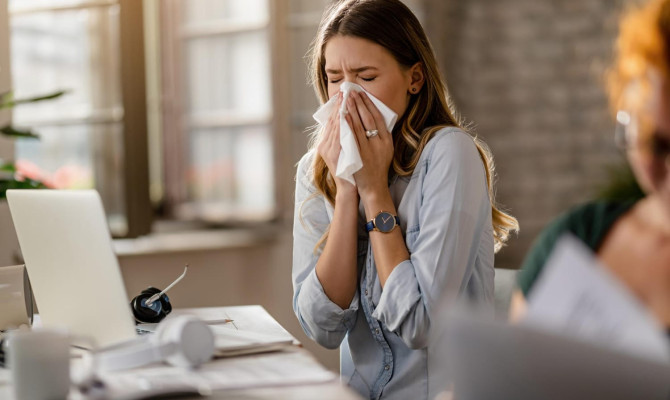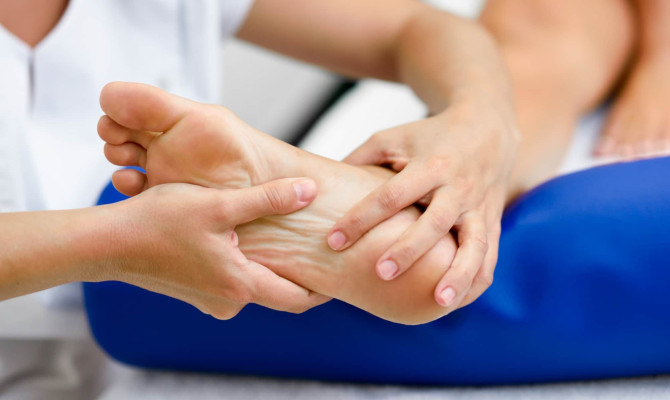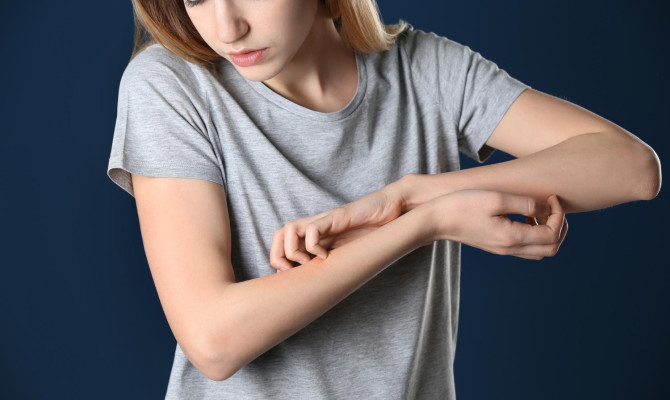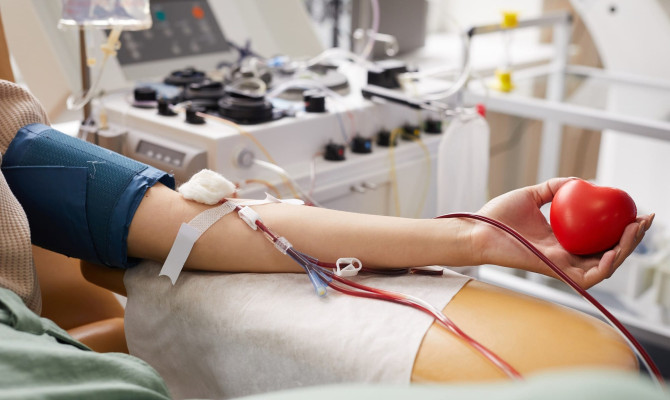Bump On Toe: Causes & Management

- Feet
- 19 Oct 2023
Introduction
Bump on Toe
A bump on the toe, seemingly innocuous at first, can quickly become a source of discomfort and concern. Whether it is a painful swelling, an unsightly protrusion, or an unexplained growth, toe bumps are a common foot element that can affect anyone. They often reserve from underlying causes ranging from minor issues like ingrown toenails and corns to more severe conditions such as bunions or gout. 1 Introduction| Researched based study from National Institutes of Health
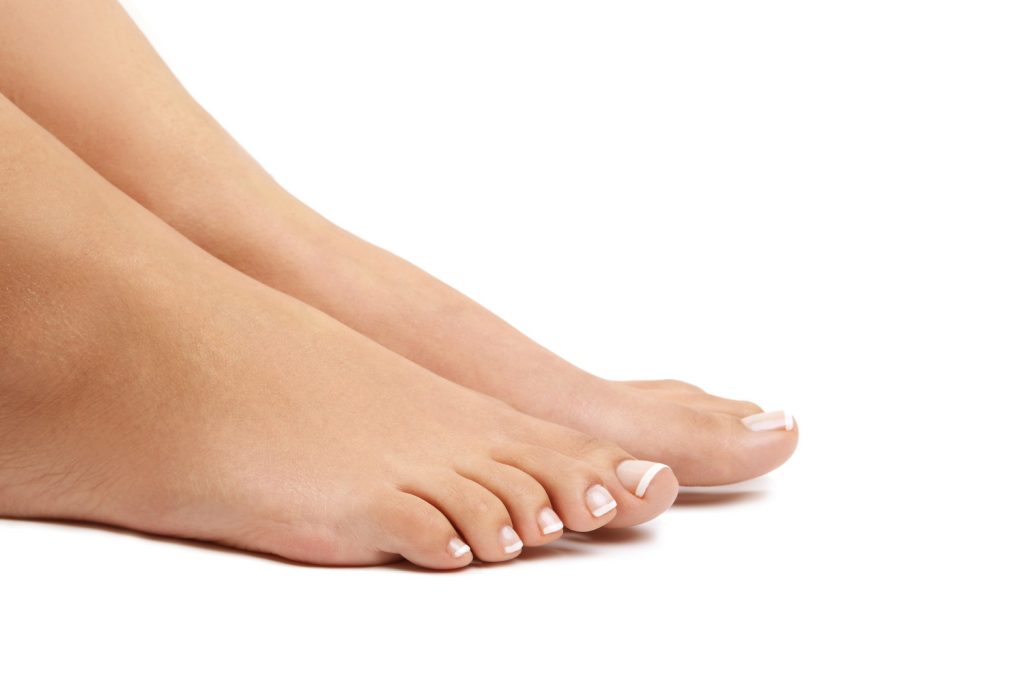
This article will delve into the world of toe bumps, illuminating their sources, signs, symptoms, diagnoses, and available treatments. It’s essential to understand that while some toe bumps can be managed with simple home remedies, others may require medical intervention. By arming yourself with knowledge about these conditions, you can maintain your foot health and relieve discomfort.
Causes
Why is there a Bump on my Toe?
Trauma and injury
- Accidental injuries like stubbing your toe, dropping something heavy on it can lead to a bump. Trauma may cause swelling, bruising, or a bone fracture.
Ingrown toenails
- A toe nail’s edge growing into the skin might result in swelling and a bothersome lump. Ingrown toenails are common, especially in tight footwear. 2 Causes| Researched based study from National Institutes of Health
Corns and calluses
- These thickened, hardened skin areas can develop due to friction or pressure. If left untreated, they frequently take the form of raised lumps and can be unpleasant. 3 Causes | Researched based study from National Institutes of Health
Bunions
- At the base of the big toe, a bony hump develops. It is often associated with the misalignment of the joint and can cause pain and deformity. 4 Causes | Researched based study from National Institutes of Health
Gout
- It is a form of arthritis that can cause unexpected, excruciating attacks. It results in swollen and sore bumps because of the accumulation of uric acid crystals in the joints, particularly the toes. 5 Causes | Researched based study from National Institutes of Health
Bone spurs
- Bony growth can develop on the toe joints due to wear and tear. They may be uncomfortable and limit joint motion.
Warts
- Viral infection can appear on various body parts, including the toes. They often present as tiny, raised bumps with a rough texture. 6 Causes | Researched based study from National Institutes of Health
Symptoms
Symptoms of a Bump on the Toe
- Pain and discomfort
- Swelling and inflammation
- Changes in the appearance
- Difficulty walking or wearing shoes
- Discoloration
- Fluid drainage
- Limited range of motion
- Nail changes
Indeed, there are some common symptoms and signs associated with toe bumps:
Pain and discomfort
- The majority of toe bumps are accompanied by some degree of pain or discomfort, which may be slight to severe. The pain may be constant or intermittent, depending on the underlying cause.
Swelling
- It is a typical response to injury or irritation. Redness, warmth, and soreness can all be signs of inflammation in the area surrounding the bump.
Changes in the appearance
- Depending on the type of bump, the appearance of your toe. This could include visible swelling, redness, or the formation of a visible bump or growth on the toe.
Difficulty walking or wearing shoes
- It can make walking or wearing shoes uncomfortable, primarily if it is located in an area that experiences pressure or friction.
Discoloration
- In some cases, the skin over the bump may change color. It might become darker or develop bruising due to trauma or pressure.
Fluid drainage
- If the bump becomes infected, you might notice drainage of pus or other fluids. This is particularly common with infected grown-toe nails or warts.
Limited range of motion
- Depending on the location and size, it can limit the scope of movement of the affected to make it difficult to move or Bend It comfortably.
Nail changes
- In cases of ingrown toenails or bunions, you may observe changes in the appearance of the nails, such as becoming ingrown, discolored, or deformed. 2 Symptoms | Researched based study from National Institutes of Health 3 Symptoms | Researched based study from National Institutes of Health 4 Symptoms | Researched based study from National Institutes of Health 5 Symptoms | Researched based study from National Institutes of Health 6 Symptoms | Researched based study from National Institutes of Health
Can foot lumps be cancerous?
- Yes, it can potentially be cancerous, although it is relatively rare. Cancerous growth in the food can include malignant tumors such as soft tissue sarcoma, skin cancer, bone cancer, and metastatic cancer.
- It’s important to note that while foot lumps can be a cause for concern, most lumps and bumps in the food are benign and not cancerous.
- Common benign causes include cysts, lipomas, ganglion cysts, and benign bone tumors.
- However, any new or unusual lump in the food should be evaluated by a Healthcare professional, especially if it is causing any discomfort.
Diagnosis
Diagnosing a Bump on the Toe
Physical examination, study of medical history, and occasionally further testing are frequently used to determine the source of a bump. The diagnostic procedure is described in this overview.
Medical history
- The healthcare provider will begin by asking you questions about your symptoms when they started and any history of trauma or injury to the toe and overall health.
- Providing a detailed medical history is essential in pinpointing the potential cause.
Physical examination
- The doctor will conduct a physical examination of toe and the surrounding area.
- They will look for the science of inflammation, swelling, redness, and any visible abnormalities.
- They may also gently press on the bump to assess tenderness and pain.
X-rays and imaging
- In cases where the cause of the bump might involve the bones or joints, such as bone spurs or fractures, X-rays or other imaging studies like MRI or CT scans may be ordered. The internal structures of the toe can be clearly seen in images.
Laboratory test
- Your doctor could suggest particular lab tests depending on the likely cause. For instance, if gout is suspected, a blood test can evaluate the amounts of uric acid.
- If an infection is possible, a sample from the bump may be corrected for cultural analysis.
Biopsy
- If it seems suspicious, a small tissue sample could be collected for additional testing.
- This is more common when there is a concern about cancerous growth or unusual skin lesions.
Clinical assessment
- To make a diagnosis, the doctor will consult the patient’s medical history, physical examination, and test results.
- They will then discuss the findings with you and recommend an appropriate treatment plan. 7 Diagnosis| Researched based study from National Institutes of Health , 8 Diagnosis| Researched based study from National Institutes of Health
Treatment
How do you Fix a Bump on Your Toe?
Conservative Approaches:
Rest and elevation
- The injured toe can be lifted and restrained to help with edoema and pressure relief. This helps inflammation and injuries in particular.
Suitable footwear
- It’s crucial to select footwear that offers sufficient cushioning and support.
- This may stop the irritation from spreading. For example, wearing shoes with a wide two-box can elevate pressure on bunions.
Orthotics
- Orthotic inserts, whether built to order or bought off the shelf, can give support and assist distribute pressure on the foot.
- For ailments like flat feet or plantar fasciitis, they may be helpful.
Medications
- Ibuprofen or paracetamol, both available over-the-counter, can help alleviate the pain it causes.
- Anti-inflammatory drugs can also reduce swelling in conditions like gout.
Medical Procedures:
Ingrown toenail removal
- Your healthcare professional can cut off the ingrown section of the nail in cases of ingrown toenails.
- In severe or recurrent cases, removing the nail root might be necessary.
Corn and callus removal
- A podiatrist can soften and remove corn and calluses using special instruments.
- Proper footwear and padding may also be recommended to prevent recurrence.
Bunion surgery
- When bunions cause severe pain or deformity, surgical correction may be necessary.
- Surgical options vary depending on the particular bunion and the patient’s demands.
Gout management
- Managing gout involves medications to reduce uric acid levels and elevate pain during acute attacks.
- To stop further gout attacks, lifestyle measures like dietary changes may also be advised.
Surgical removal of warts
- A healthcare provider can surgically remove stubborn warts on the toe. Other treatments like cryotherapy or laser therapy may also be considered. 7 Treatment| Researched based study from National Institutes of Health , 8 Treatment| Researched based study from National Institutes of Health
Prevention
Preventing Bumps on the Toe
Foot Care Tips:
Maintain proper hygiene
- Keep your feet dry and spotless. Pay attention to the gaps in between your toes and wash and dry them thoroughly every day.
Cautious nail trimming
- Stay away from cutting them too short and trim your tunnel straight across. Ingrown toenails may be prevented as a result.
Moisturize your feet
- Apply moisturizer to your feet to avoid dry, cracked skin. However, avoid moisturizing between them as excessive moisture can lead to fungal infections.
Inspect your feet
- Regularly examine your feet for changes such as bumps, redness, or signs of infection. Early detection can save minor problems from developing into bigger ones.
Selecting Appropriate Footwear:
Correct shoe size
- Make sure your shoes are supportive and have enough room for your toes. Bunions and corns might form as a result of wearing shoes that are too small.
Supportive footwear
- Opt for shoes with good art support and cushioning. particularly if you suffer from flat feet or other foot issues. Orthotic inserts can also enhance support.
Toe box width
- To ease strain on the toes, choose for footwear with a right toe box. This is particularly true in conditions like bunions.
Avoid high heels
- Limit high heels or shoes with pointed toes as they can increase pressure on the front of the foot and contribute to two deformities.
Avoiding Trauma:
Be cautious
- Exercise caution when walking, especially in challenging or unfamiliar surroundings. Watch where you step to avoid stubbing your toe or injuring it.
Protective footwear
- If you are taking part in activities, including playing sports or working in construction, that increase your chance of suffering a foot injury. Where appropriate, protective footwear such as steel-toed boots.
Proper sports gear
- When participating in sports or physical activities, ensure your using the proper footwear and equipment to reduce the risk of injuries.
Regular maintenance
- Maintain your living and working spaces by removing tripping hazards and providing good lighting to reduce the risk of accidents. 9 Prevention| Researched based study from National Institutes of Health
Any feedback on this article?
 This Articles content was accurate
This Articles content was accurate Very Informative Article
Very Informative Article I have a question or a comment
I have a question or a comment
 This article contains inaccurate content
This article contains inaccurate content This article was not helpful
This article was not helpful I have a question or a comment
I have a question or a comment
We appreciate your helpful feedback!
Checkout our social pages
References
-
National Institutes of Health
Introduction
-
National Institutes of Health
Causes | Symptoms
-
National Institutes of Health
Causes | Symptoms
-
National Institutes of Health
Causes | Symptoms
-
National Institutes of Health
Causes | Symptoms
-
National Institutes of Health
Causes | Symptoms
-
National Institutes of Health
Diagnosis | Treatment
-
National Institutes of Health
Diagnosis | Treatment
-
National Institutes of Health
Prevention












